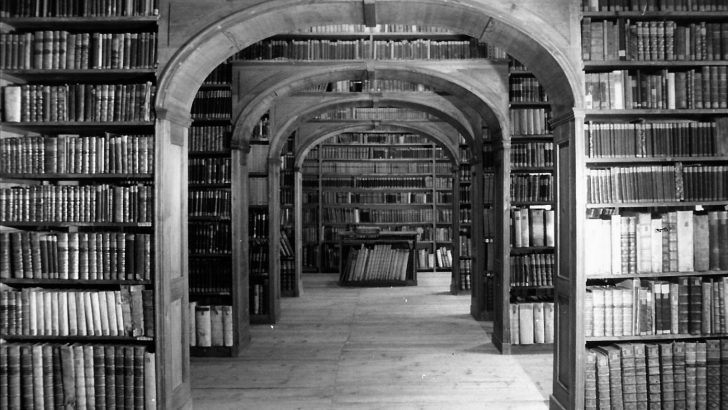These days, due to change in the release of state papers at the British National Archives at Kew outside London and at the Northern Ireland Records Office in Belfast, the former fifty years closure periods for files has been reduced to 30 years, so that the Irish side of the story can be told in more or less in tandem with UK releases.
This year press preview took place on 2–6 December last. During that week, the National Archives hosted journalists from Irish and international newspapers and press agencies who previewed records from government departments such as the Departments of the Taoiseach, Foreign Affairs and Justice together with the Office of the Secretary General to the President and the Office of the Attorney General dating mainly to 1994. There were also large releases of Foreign Affairs files from the 1940s which had been found during a change of offices.
The National Archives received a colossal 12,000 plus files from 41 transfers of records from 12 government departments which were made available for journalists and broadcasters to consult during the Media Preview. The general public – that is to say the readers of this paper – can consult all these files as well as those released over previous decades from this day, Thursday 2 January 2025, onwards when they’re released to the public in the Archives Reading Room.
The National Archives of Ireland have been called “the memory of the Nation”. They began as an amalgamation of the old State Paper Office (once held in the ancient Bermingham Tower in Dublin Castle) – a truly medieval venue for those who used it, and the Public Record Office, an equally medieval establishment which was largely destroyed during the Civil War in 1922, with a sad loss to Irish historical research, and so a loss too to the Irish people.
Now housed in Bishop Street, in what had once been a shabby street of tenements dominated by Jacob’s biscuit factory (a garrison in 1916).
Here the Archives had long planned a large extension which was long delayed.
This, however, is now underway: the Archives Repository Project began in May 2024 to redevelop the archives repository into a state-of-the-art building. This €37 million plus project, to be completed over a 65-week period, will ensure that the State’s records will stand the test of time for years to come. The result will be a modern purpose-built archive building that will house over 300,000 archive boxes.
A highlight of 1924 was the talk by Dr John Gibney on “Society & State: 1920s Ireland Through Its Records” for Culture Night in September. Almost 200 tickets were booked in advance and the Reading Room was packed. More events of this kind can be expected when the new building is completed.
It is one of the sad things that during the media preview the reading room is packed with the journalists, only a handful of whom go near the place in the rest of the year.
The archives are not really a place for breaking news. They are a resource for the use, not just of historians, but for “citizen researchers”. Here indeed those interested in aspects of Church history, and the social and moral changes in Ireland over the last two centuries can find rich seams of unexploited historical ore.


 Peter Costello
Peter Costello Archive
Archive